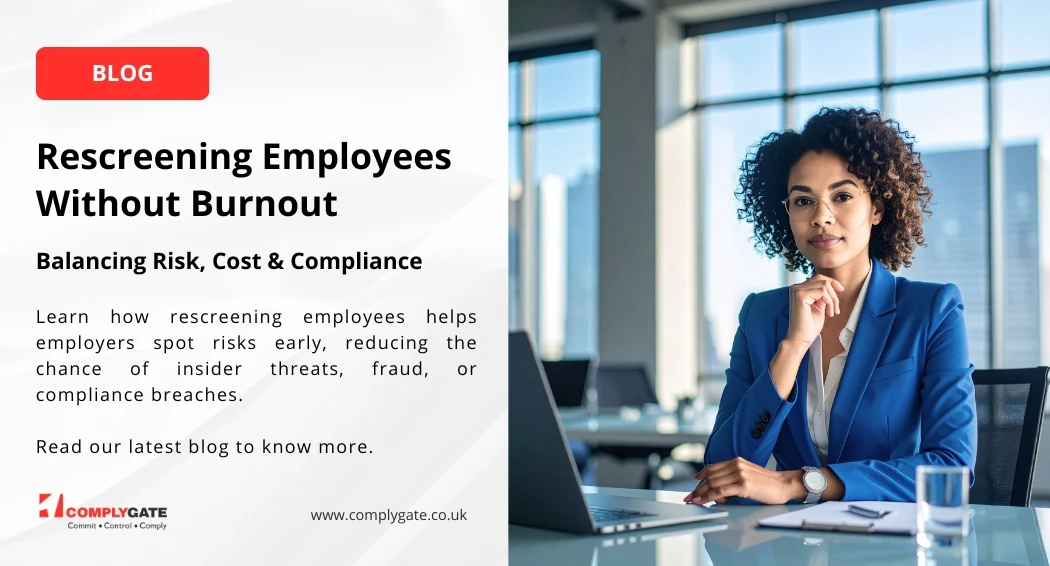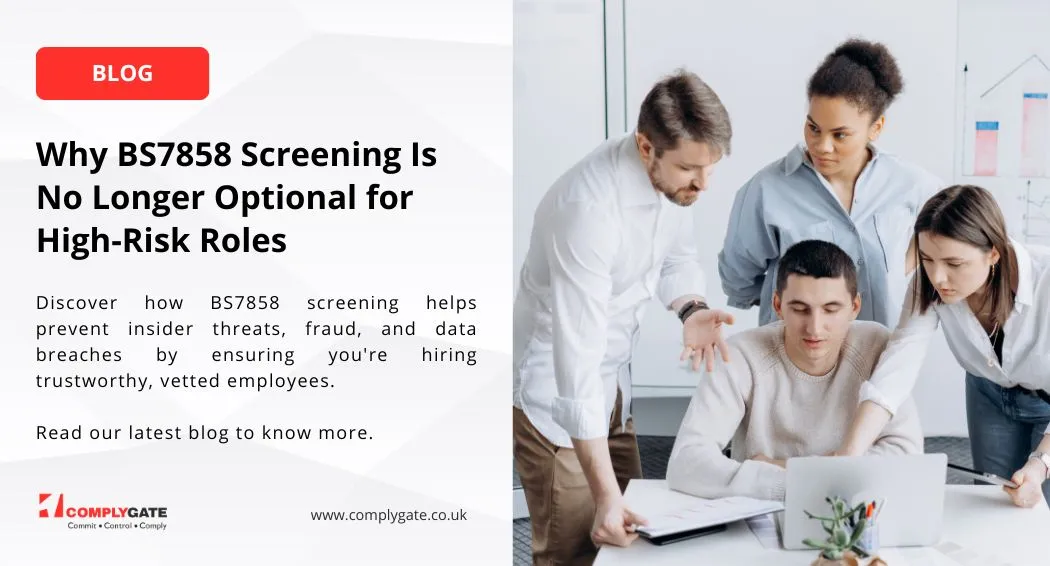How will HR Shape the New Normal?
This takes us calculating the steps and measures taken to normalize the work post-pandemic. Like what to prevent, start and accelerate.
As we all understand how the companies are impacted during this pandemic and that they stepped into the post-covid future. The organization of companies must rummage around for the balance between what worked best before Covid-19 and what steps should be taken post-covid for a successful outcome.
WHAT NEXT is the question arising in everyone's mind. The pace of change has never been this fast, yet it will never be slow again.
The Covid-19 Coronavirus, is the main reason for the workplace transformation. This work transformation is going to be permanent forever. This change leads to more than 88% of the worker working from home.
The Approach to Work is changing, and HR is playing an important role in this change.
Here are some important ideas and thoughts on the implications of the post-Covid plan of actions that can help the system to accelerate.
Training And Investment In Remote Working
The entire world, companies, and organizations are dealing with the pandemic by mandating or encouraging teams or employees to work from home in the new normal. Remote training is one of the smartest ways to restructure the work ideas. This training should be for both manager and worker for monitoring, coaching, and even hiring employee resource groups targeted to remote workers and their families.
One of the important steps taken by Microsoft by introducing guidelines for working from home during Covid –19. This guide was shared with all the Microsoft workforce. This guide balances the idea of working from home with the emotional implication of managing things like home, children, and self-care.
The Future of Work Is the Future Of Workers Wellbeing
Today the future of work is the future of worker's well-being. With the growth of digital economy worker is stressed where the working system is quite different from the earlier way of work. They are quite stressed by all-time' on system’ of work and handling various house stress along with coronavirus, assisting workers with their wellbeing has never been so important.
Many large companies as well as mid-size companies have a strongly integrated employee wellbeing platform and introduced various apps for the employee's mental and physical health. In the new normal we can notice companies' commitment toward investing for employees physical as well as mental health and use this as an advantage in recruiting and retaining talent.
Stop Relying on the Traditional Organizational Structure
In the traditional way of work physical meetings and conferences were arranged and after 2-3 hours of meeting no conclusion was drawn. Now, all that system of work should be restricted. Companies should train their people and educate them to deal with the Covid-19 situation and its new work pattern of the company. They should inculcate ways to accelerate decision-making during the crisis.
Combination of Human Behaviour And Technology for a Better Customer Experience
A good interaction with the customer always results in building an honest connection with them. This is something that has stayed the same in spite of the pandemic and the social distancing during the past 2 years, which has made face-to-face meetings a challenge.
Digital conversations have now become the rule in the customer service experience. HR professionals have learned to manage teams of people to offer a fulfilling and meaningful experience to the customer, even when it was digital, and this is something that we should consider adopting into the new normality. As a matter of fact, technology has become crucial in making human interactions stronger and more meaningful. For example, using technology to automate repetitive tasks, and using features to obtain data to help identify and solve issues, allows employees to focus their efforts on offering a valuable experience to the clients and customers.
How will the New Normal Look Like?
The “New Normal” will most likely be agile, simple, straight to the essential and meaningful. Innovative solutions will be normalised, and unnecessary tasks will be lifted from all departments, specially from HR departments, thanks to digital resources and tools, which will take over.
Corporate and business professionals need to change the business models and re-build them under a new working structure.
High skilled employees, with the help of upgraded technology, results into more positive human interactions with the customer.
By actively moving towards innovation and a fresh agile work approach, businesses will shape the new normal. Are you onboard for the change?
At Complygate we believe in change
At Complygate we believe in the use of technology as a “magic suit” for efficiency that allows employers and leaders to “work smarter, not harder”.











